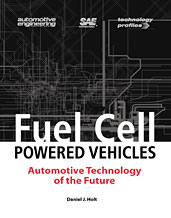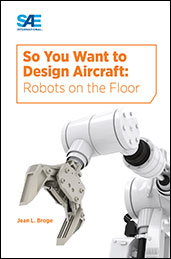Video

SAE Standards to Support Electro-Mobility
2012-03-27
The rapid pace of recent progress in vehicle electrification technologies points to a bright future for electric-drive vehicles, but uncertainty regarding future technical trajectories and uncertainty in consumer response make possible a multitude of electric-drive vehicle futures. This presentation will examine a range of these possible electric-drive futures as a function of different technology and pricing scenarios. An exploration of initial conditions, market uptake, and resulting social benefits will show how HEV and PEV technology enable the attainment of stringent vehicle efficiency goals and unlock potential for lower-carbon futures. Presenter Jacob Ward, Department Of Energy




